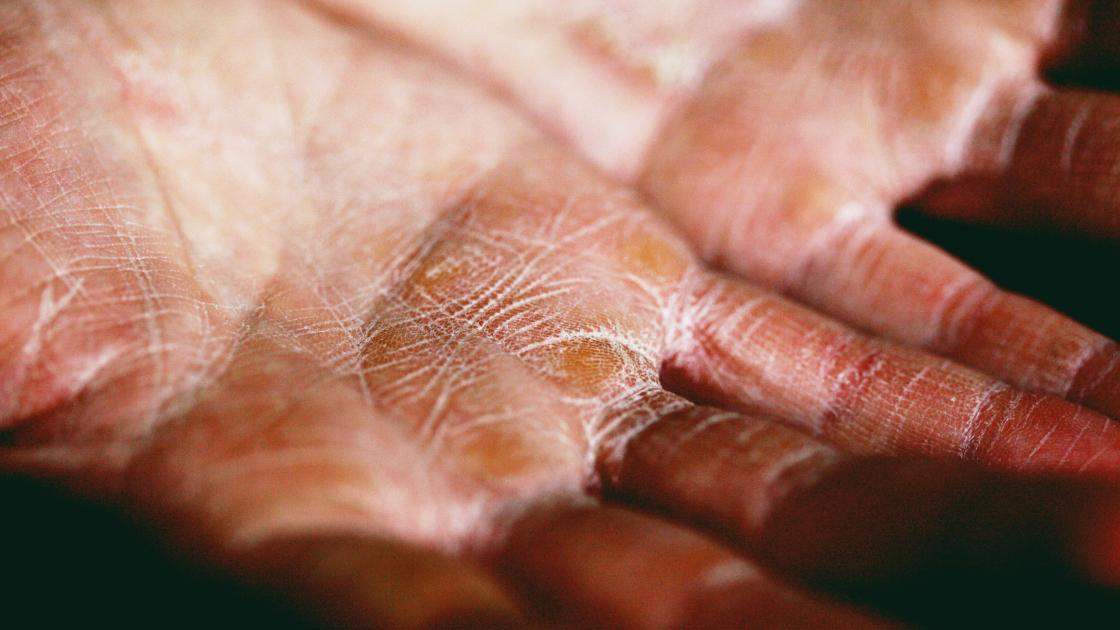Learn about your kidneys
March is National Kidney Month. SIU Medicine wants to help you learn more about these important organs, and how you can improve your kidney health.
Kidneys 101
You have two kidneys—one on the left and one on the right side, below your rib cage. They are shaped like beans and roughly the size of your fist.
They play a vital role in your health, filtering blood to remove toxins, waste products and excess fluids. Tiny structures in the kidneys called nephrons contain smaller filtering structures, the tubule and glomerulus. As blood flows through the kidneys, the glomerulus filters the blood and the tubule returns the necessary substances back into your bloodstream while removing the waste products. A healthy kidney can filter a cup of blood every two minutes.
In addition to filtering blood, your kidneys:
- Control the amount of salt, potassium, and other substances in your blood (which ultimate helps regulate your blood pressure)
- Make urine
- Help your body create red blood cells and maintain strong healthy bones
5 ways to boost kidney health
Knowing all your kidneys do for you, here are some ways to take better care of them and celebrate National Kidney Month.
- Buy a reusable water bottle. Staying well-hydrated by drinking fresh water regularly is one of the best ways to keep your kidneys working well, since it helps them flush out toxins and waste from your blood.
- Reduce your risk factors for kidney disease. Chronic kidney disease is a leading cause of disability and death. Some of the leading preventable risk factors include high blood pressure, diabetes, obesity, smoking and cardiovascular disease. Other risk factors include a family history of kidney disease, abnormal kidney structure, injuries to the kidney and being of African-American, Native American or Asian-American descent.
- Know the signs and symptoms of kidney disease. The symptoms of kidney disease tend to come on slowly and can also be caused by other conditions, so being aware of them can inspire you to call your doctor sooner. Leading symptoms include nausea, vomiting, decreased appetite, sleeping problems, urinating too much or too little, fatigue, weakness, shortness of breath, persistent itching, swelling (especially around the hands and feet), cramps and muscle twitching, and impaired focus and mental sharpness.
- Make these simple lifestyle changes: get 7 to 9 hours of sleep each night, don't smoke, and eat lots of fruits, veggies and lean protein. Decrease the amount of sodium (salt) in your diet, especially from fast food, processed foods, soups and the salt shaker.
- Get to a healthy weight. Sleep, diet, exercise and even stress management all can help you lose excess body fat and keep it off.
If you have a family history of kidney disease or are concerned about any unusual signs and symptoms, this March is the perfect time to schedule an appointment at SIU Medicine to talk to someone about your kidney health. Call us at 217-545-8000 to schedule an appointment today.




